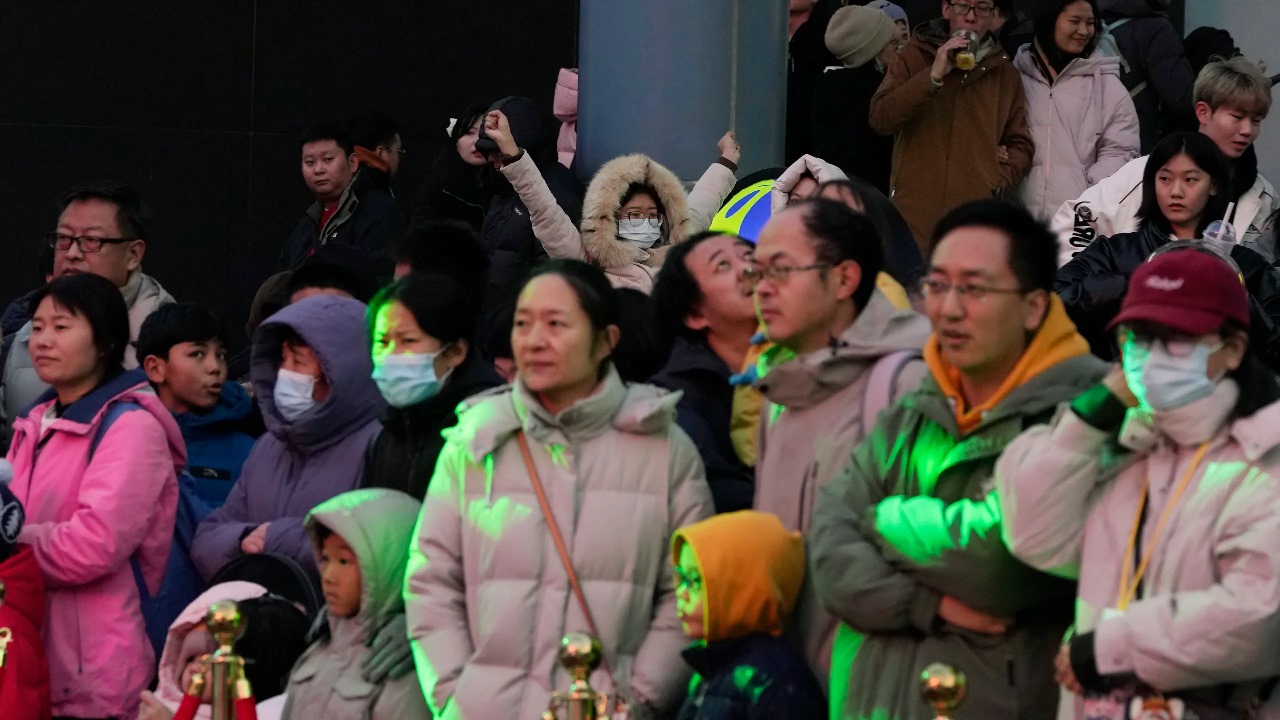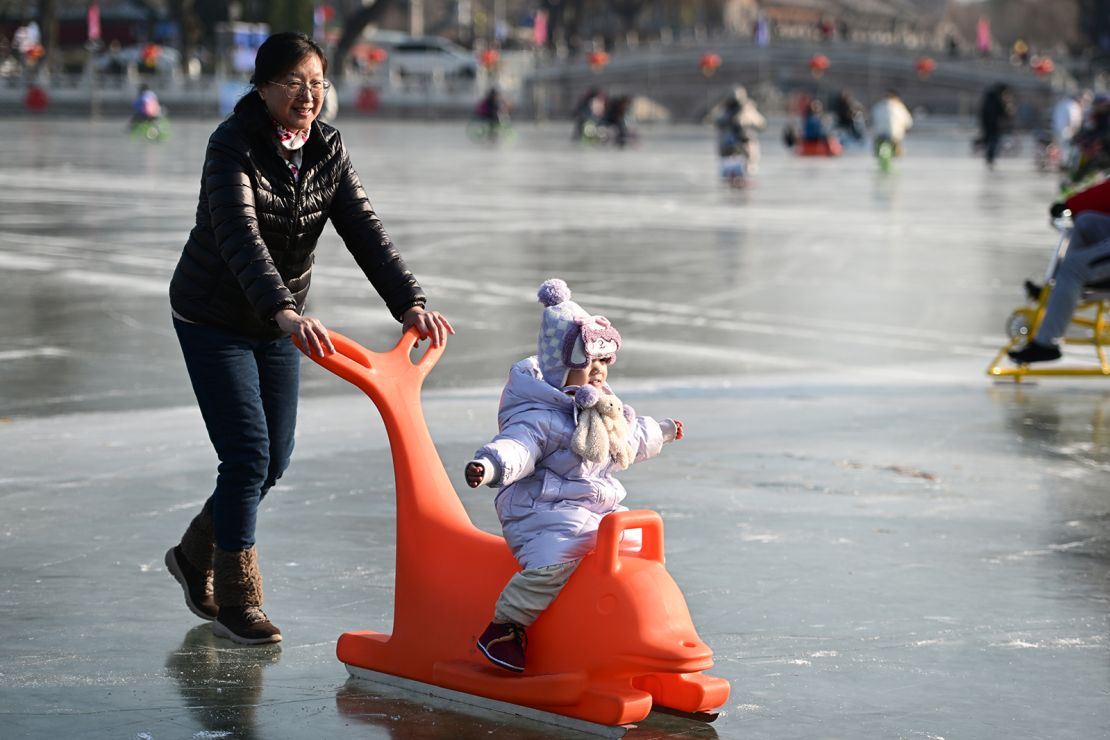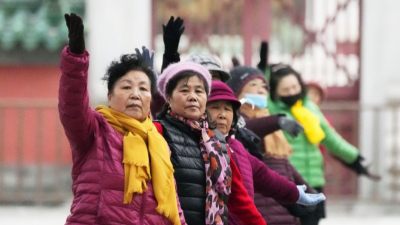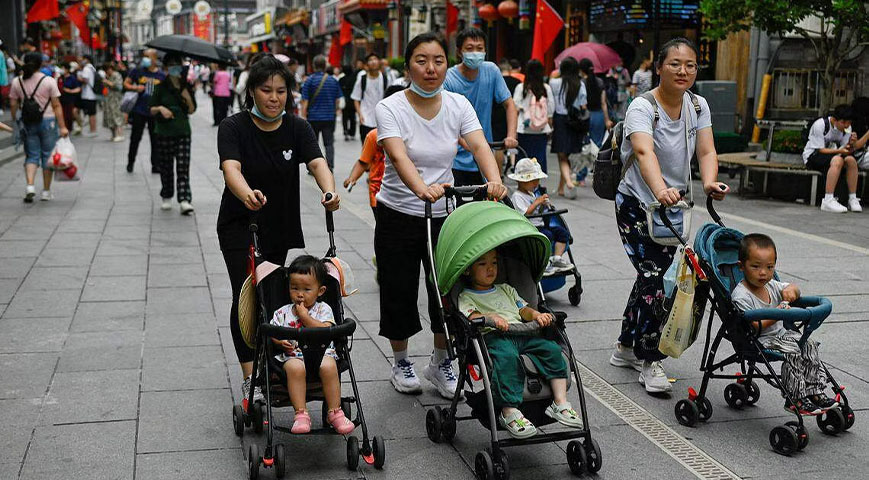China's population declined for the second year, leaving economists concerned about the country's economic future.
The trend indicated the escalation of a demographic crisis expected to have severe consequences for the world's second-largest economy.

China's National Bureau of Statistics (NBS) reported Wednesday that the country had 6.39 births per 1,000 inhabitants, down from 6.77 the previous year.
Did you read this?
The birth rate had dropped to its lowest level since 1949, when Communist China was founded.
9.02 million babies were born, compared to 9.56 million births in 2022. According to the bureau, the total population fell to 1.409 billion in 2023, a 2.08 million decrease from the previous year.
"To be sure, last year's sharp decline should be partly due to the lockdowns, and new births will most likely rebound in 2024, although the structural down-trend remains unchanged," said Larry Hu, Macquarie Group's chief China economist.

The demographic transition occurs as the country's growth slows. The NBS reported that China's GDP expanded by 5.2% last year, compared to the government's aim of roughly 5%.
Several economic issues, including investment outflow and deflation, have plagued China. The declining population will compel Beijing to make structural reforms to its economy, reshaping sectors such as health care and housing.

"There are two key drivers behind this: the unexpected, but short-lived release of pent-up demand during the [third quarter] holidays, and the low base effect of [fourth quarter] 2022," said Alfredo Montufar-Helu, head of the Conference Board's China Centre for Economics and Business.
Last year, India surpassed China to become the world's most populous country.
The declining birth rate occurs despite the government's efforts to encourage more married couples to have children after decades of restrictive birth policies.
The declining birth rate correlates with a diminishing workforce and a rapidly aging population, posing dual dilemmas for China's government as it struggles to afford health care and pensions for the elderly while attempting to maintain growth in an economy staffed by fewer workers.









